In the early 1900s, the life of British woman Mary Ann Bevan was good. She was married to a farmer, Thomas, and the couple would go on to have four children. Life wasn’t always easy, but somehow, they got through it.
Then, inexplicably, Mary’s appearance began to change. The pretty, vivacious woman’s face and body began to change, becoming incredibly misshapen.
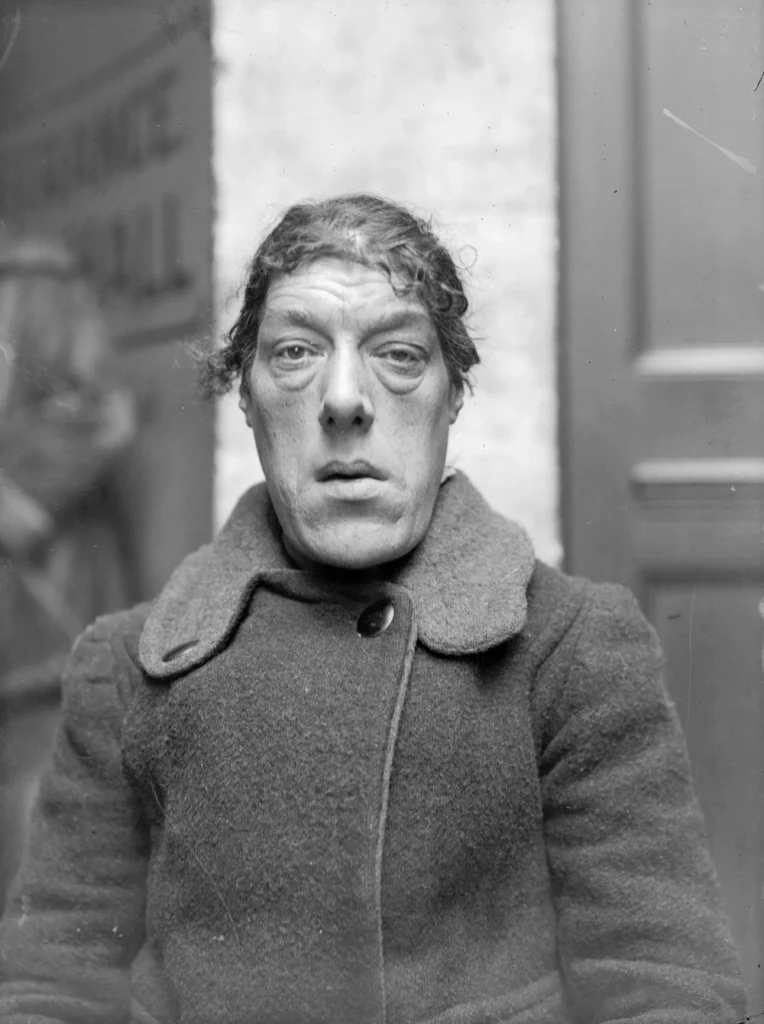

When her husband died of a sudden stroke in 1914, leaving Mary alone to care for their children, her deformity had become so extreme that she could not find work.
Desperate and close to destitute, she saw an advertisement for a competition to find the “Ugliest Woman in Britain.” She won the contest and began a career based on her strange appearance.
Mary had always been shy, and her deformity made her even more afraid of being seen out in public.
But, with no other way of finding the money to feed her children, Mary did something that must have taken enormous courage: she began a career that saw her become internationally famous as “The World’s Ugliest Woman.”
This is her astonishing story.
Early Life
Mary Ann Webster was born into a lower-class family in Plaistow, East London, in 1874. She was one of eight siblings, and her early life must have been tough.
Despite her humble start, Mary successfully completed training and qualified as a nurse in 1894 at the age of 20.
Contemporary photographs show her as an attractive and striking-looking woman who seemed to do well in her work as a nurse.
She then met a handsome farmer from Kent, Thomas Bevan, and in 1903 the two were married. Mary would have four children with Thomas, two boys and two girls. Life was good for the family up until 1914 when Thomas suddenly died.
By that time, and starting from around 1907, Mary’s appearance had started to change. Her hands and feet had grown out of proportion to the rest of her body, her jaw began to enlarge, and her brows, nose, and cheekbones became much more prominent.
By 1914, her appearance had become so unusual that she was no longer recognizable as the attractive young nurse of 10 years before.
She believed that she was too ugly to continue to work as a nurse, and she was forced to take poorly-paid cleaning and caretaking jobs to provide for her family.
She became reclusive, avoiding contact with other people whenever possible because of her strange appearance. But the money she made from cleaning barely brought in enough cash to support her and her family.
Soon, Mary became desperate to find a way of earning more cash.
What Happened To Mary?
We now know that Mary was suffering from acromegaly, a condition that affects the pituitary gland.
This condition was recognised in the early 19th century, but it wasn’t well understood, and it was thought to be incurable (today, acromegaly can be successfully treated if diagnosed early).
In the early 1900s, Mary was simply told that nothing could be done to help her and that her condition would only get worse.
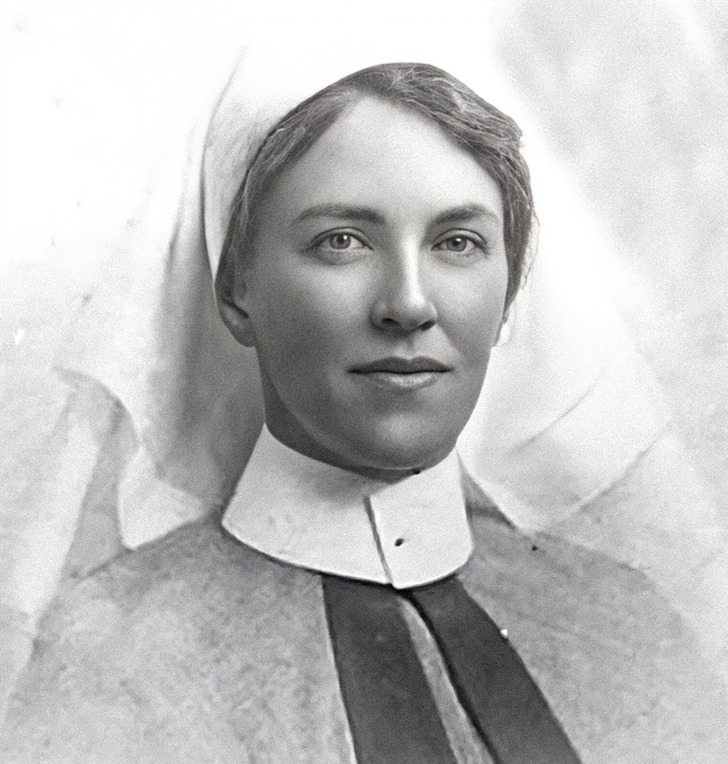
Desperate, Mary entered a competition to find the “Ugliest Woman in Britain.” She won, beating over 200 other applicants to win a few pounds and a title that few others would have coveted.
During the 19th and early 20th century, the display of humans with odd appearance became a popular attraction at many traveling fairs and circuses in Europe and America.
A very popular attraction at these shows was people who were strikingly strange. Joseph Merrick, the Elephant Man, became a professional ‘freak’ in the late 19th century in England.
When she won the Ugliest Woman competition, Mary Bevan attracted the attention of traveling fair owners and was offered the chance to appear in their freak shows.
It couldn’t have been an easy decision for a woman who was shy and deeply embarrassed about her strange appearance, but this seemed to offer the chance to make money to support her children. In 1915, Mary became a professional human curiosity.
Life As A ‘Freak’
Mary traveled throughout Britain with small traveling carnivals where she became a popular attraction. Then, in 1920, she saw an advertisement in an English newspaper that would change her life. It read:
“Wanted: Ugliest woman. Nothing repulsive, maimed or disfigured. Good pay guaranteed.”
The advertisement had been placed by Claude Bartram, the European agent for the Barnum & Bailey Circus, the most popular and successful traveling circus in Europe and the United States.
The circus included an enduringly popular Human Curiosities section, but new people were constantly being sought to participate.
When Mary sent in a photograph in response to the advertisement, Bartman knew that he had found what he was looking for.
Mary was offered work at the circus at a rate of £10 per week in addition to travelling expenses and any income she could make through selling postcards showing her image.
This was a substantial offer at a time when the average skilled worker in Britain earned less than £2 per week.
Mary accepted the offer and travelled to New York. When she arrived, she was featured in front-page stories in newspapers that identified her as “The Ugliest Woman in the World.” She spent two years with the circus before returning to Britain in 1922.
By the time that she had returned, she had made enough money that she was able to send her children to private boarding schools, and she could probably have lived a life of ease.
Still, she seemed to have enjoyed her time with the circus and spent most of the following year travelling with small fairs across Britain.
Then, she was offered another lucrative position in America, this time with the sideshow at the Dreamland amusement park in Coney Island.
Although the main park had been largely destroyed by a devastating fire in 1911, the northern section was still the location for a popular “freak show”, and Mary spent almost one year working there.
Later Life
Mary continued to work intermittently at Coney Island in the years that followed, though she also made other appearances, including one engagement at Madison Square Garden in 1929.
Her fame as the “Ugliest Woman in the World” endured, and she was once featured in a newspaper article that saw her being given a “make-over” by a New York Beauty Parlor.
The article cruelly noted that putting make-up on Mary’s face and styling her unkept hair was like adding: “Lace curtains on the portholes of a dreadnought.”

By the late 1920s, Mary had made enough money to provide for her children and to retire, but she appears, like many other investors, to have lost heavily in the Wall Street Crash of 1929.
After losing much of the money that she had carefully accumulated, she was forced to continue to appear in sideshows.
In December 1933, at the age of 59, Mary died. Her body was returned to England, and she was buried in the Brockley and Ladywell Cemetery in Southeast London.
Conclusion
The story of Mary Ann Bevan was all but forgotten until 2005 when a greeting card company, Hallmark Cards, produced a breathtakingly insensitive card that used Mary’s image.
The card referenced a popular British television show, Blind Date, where contestants chose a date without seeing them and their choice was only revealed when a screen was withdrawn.
The card showed a photograph of Mary with text beneath it that read:
“When the screen went back, he was to always regret the words . . . I’ll go for number three.”
The “Freak Shows” of the 19th and early 20th centuries seem hideously inappropriate today. Mocking people for disfigurement and disease is something that just should not happen in the 21st century.
But this incredibly inappropriate card seems to show that this tendency has not completely disappeared (the card was withdrawn from sale only after a doctor pointed out that it was making fun of a woman who suffered from an incurable disease).
The story of Mary Bevan and her slow transformation from an attractive young woman into a side-show attraction is truly unfortunate.
In those circumstances, most people would, understandably, choose to hide themselves away and avoid human contact as much as possible.
Mary, faced with the need to provide for her four children, made a decision that must have taken enormous courage: to expose herself to the stares and ridicule of the world.
Mary Ann Bevan may have been called ugly, but on the inside, this extraordinary woman had a love for her children that was nothing short of incredible.
Sources
https://www.historydefined.net/mary-ann-bevan/
https://allthatsinteresting.com/mary-ann-bevan
https://www.dailyecho.co.uk/news/10310361.the-woman-who-made-and-lost-a-fortune-from-being-ugly/


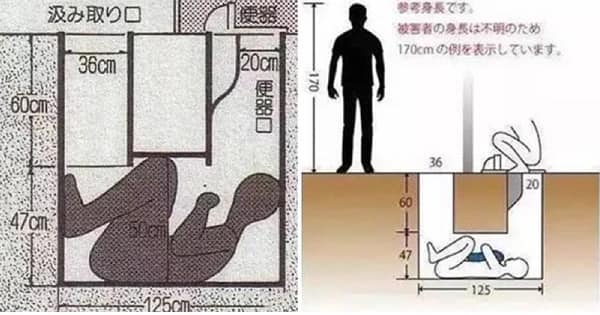

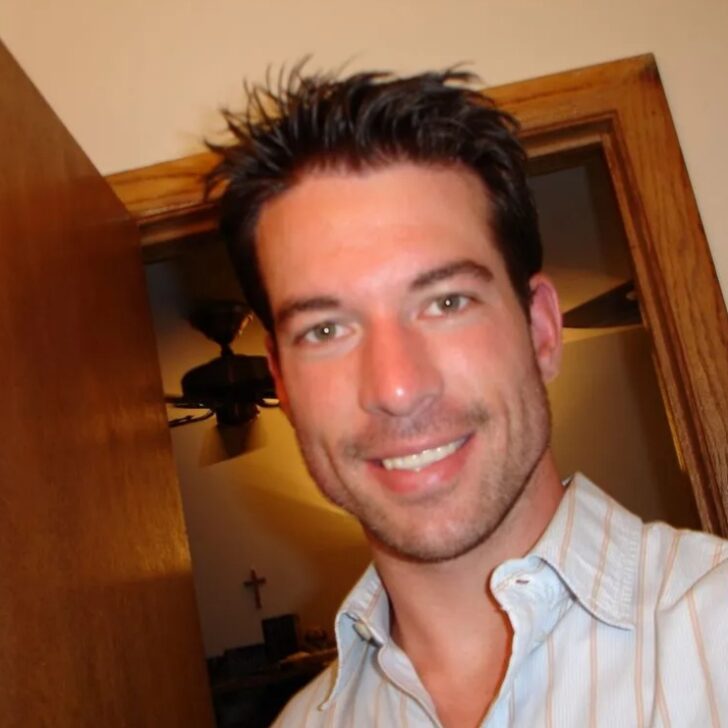
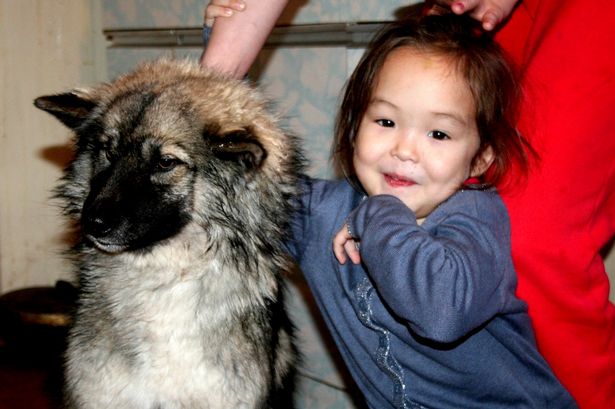
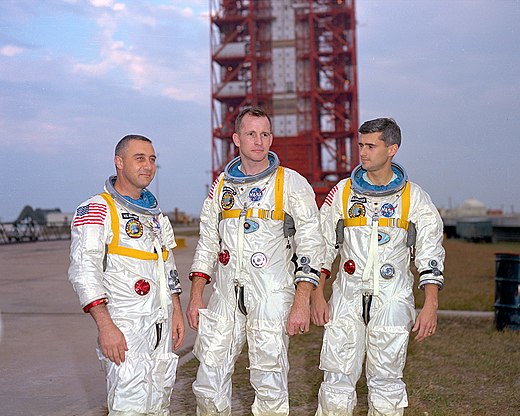

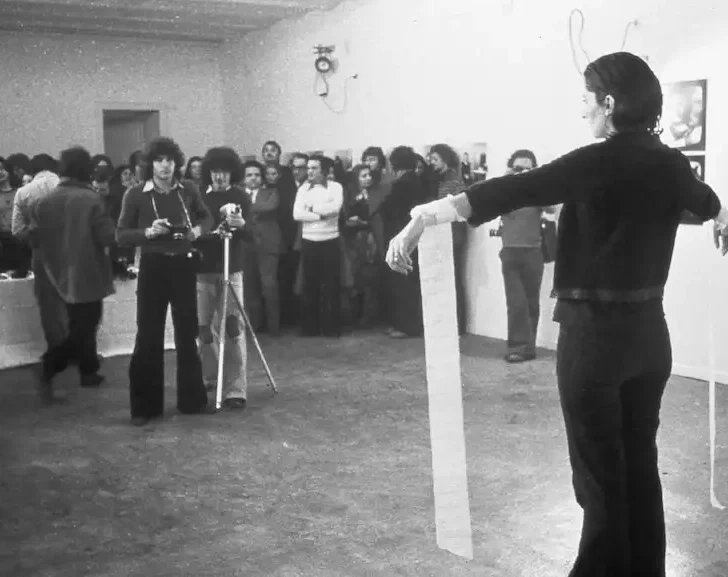
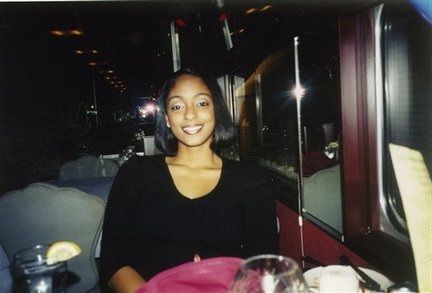

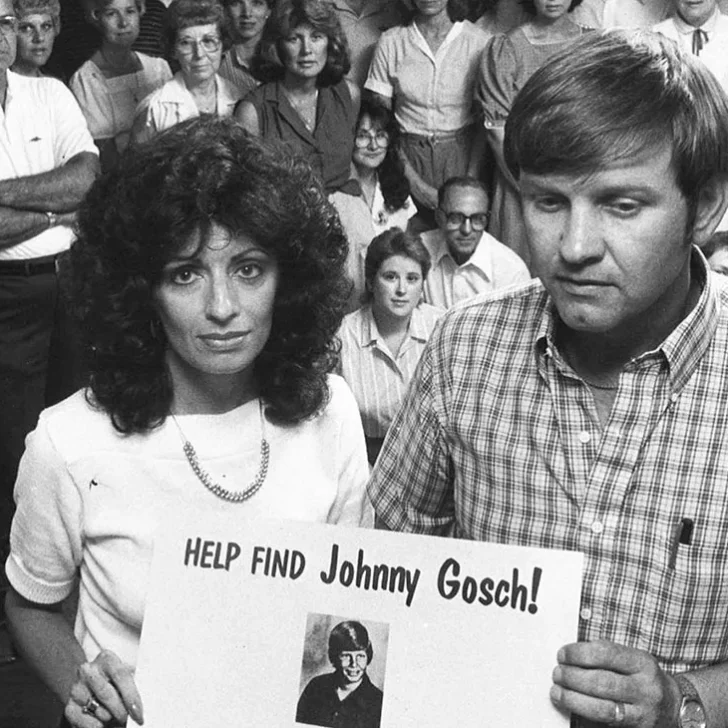

Leave a comment